Spring 2019 Transportation and Hydrogen Newsletter
Read this issue to learn about NREL research projects, staff, publications, and much more.
Spring 2019
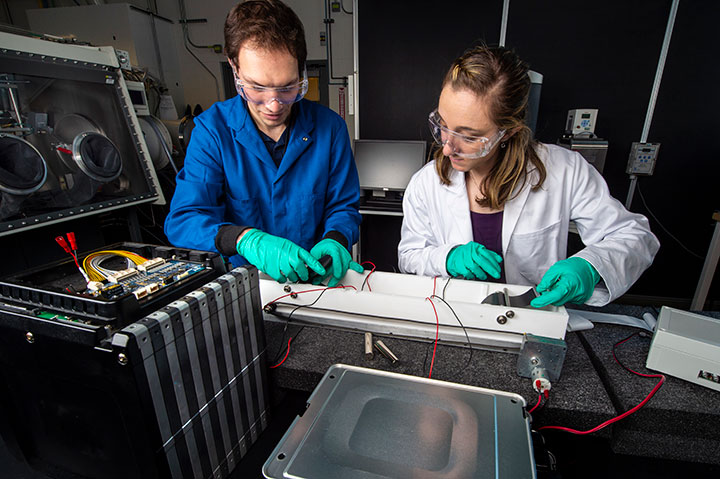
Competition Spurs Transformative Lithium-Ion Battery Recycling Solutions
NREL recently helped launch the U.S. Department of Energy (DOE) Lithium-Ion Battery Recycling Prize, which the lab will administer. The $5.5-million phased prize competition incentivizes American innovators and businesses to develop and demonstrate safe and economical processes for collecting, sorting, storing, and transporting discarded or spent lithium-ion batteries, which are currently recycled at a rate of less than 5%. The goal is to recycle 90% of all lithium-ion batteries in the United States for re-introduction of key materials to the battery manufacturing supply chain. Read an NREL news release.
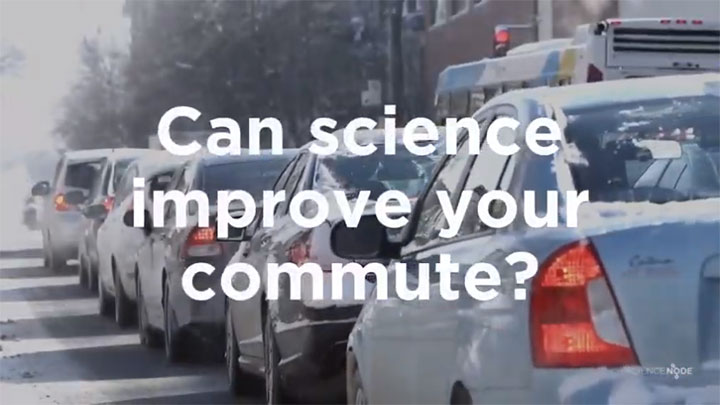
Data-Driven Simulations Mirror City Traffic Patterns to Reduce Mobility-Related Energy Use
In partnership with Oak Ridge National Laboratory, NREL computational science and transportation researchers are leveraging the power of high-performance computing to investigate the causes of traffic congestion and develop energy-saving management strategies. The research team is creating a “digital twin”—a large-scale, data-informed simulation that captures real-time traffic conditions in Chattanooga, Tennessee, via in-road sensors. The project, which aims to optimize traffic infrastructure and signals, was profiled in a recent ScienceNode.org story.
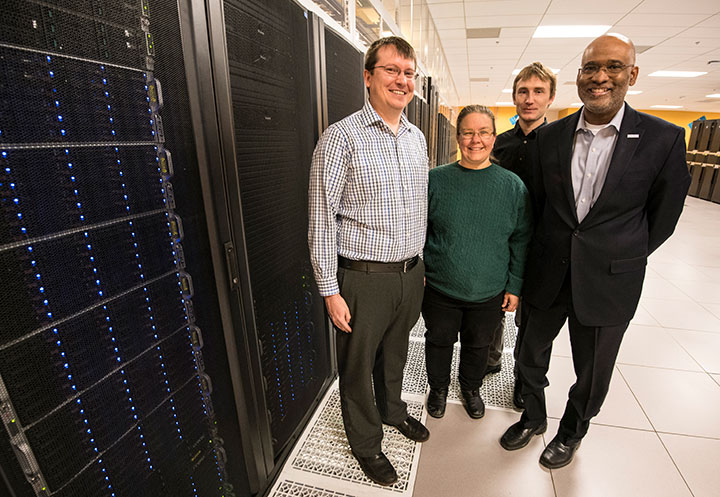
Gallium Oxide Could Have Low Cost in Future, NREL Analysis Reveals
NREL research findings point to gallium oxide as a promising power electronic technology of the future, as detailed in a recent article published in Joule. According to the lab's techno-economic analysis, gallium oxide wafers could be three to five times cheaper to manufacture than wafers made from silicon carbide, a related material. This innovative research—the first to provide a quantitative analysis of the future cost advantages of gallium oxide—aims to optimize the efficiency and performance of power electronics. In the next decade, electricity flow through power electronics is expected to increase from 30% to 80%. Refer to the NREL news release to learn more.
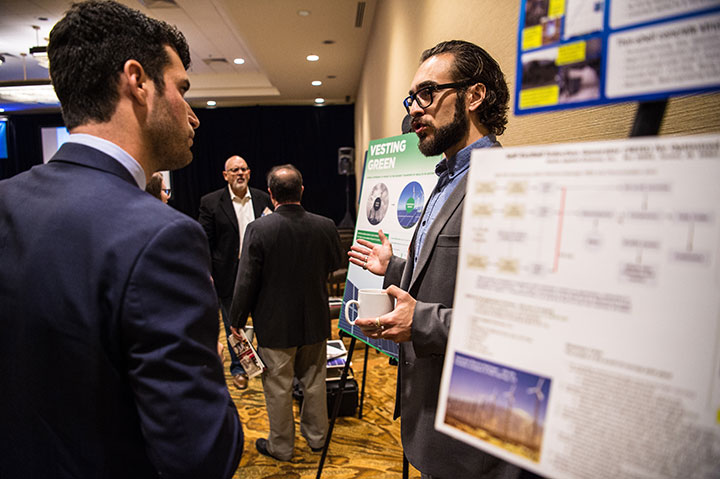
NREL Emerging Markets Day Announces 2019 Participating Start-up Companies
Investors, startup companies, and industry leaders from around the world will convene in Denver, Colorado, on May 8 for the third Emerging Markets Day, a forum to discuss the most promising cleantech solutions to the pressing energy challenges faced by emerging economies. The NREL-hosted event will feature presentations from 10 finalists—selected out of the more than 120 cleantech startup applicants—who will compete to win the Outstanding Venture Award.
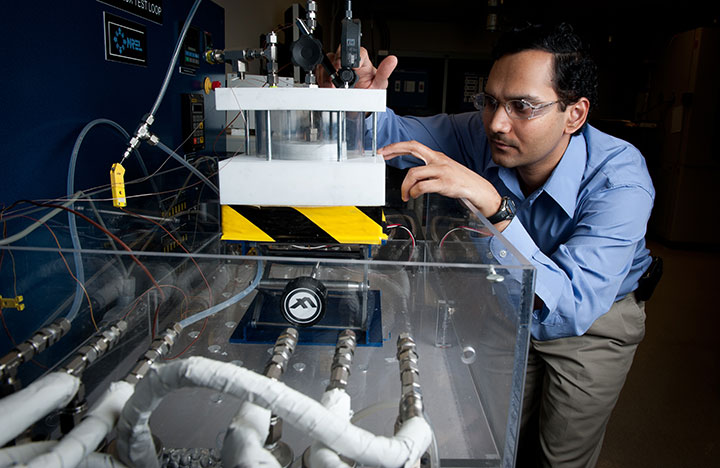
Researcher Appointed to POETS Scientific Advisory Board
The Center for Power Optimization of Electro-Thermal Systems (POETS) recently appointed Sreekant Narumanchi, Power Electronics and Electric Machines Team lead, to its Scientific Advisory Board for a three-year appointment. Narumanchi will provide technical guidance to help steer and improve the impact of POETS' next-generation electro-thermal systems research. Narumanchi's role will provide exposure for NREL's similarly aligned research and partnering opportunities with member organizations representing multiple industry sectors.
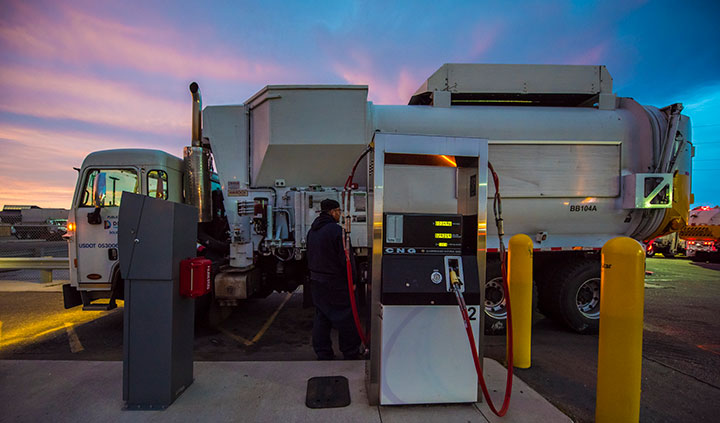
NREL Leads Multimillion Dollar Effort to Transform Natural Gas Vehicle Technologies
Leveraging the expertise of industry partners has a powerful impact on advancing transportation technologies. A new partnership between NREL, DOE, the California Energy Commission, and the Southcoast Air Quality Management District will do just that, by speeding the development of breakthrough natural gas vehicle (NGV) technologies. The NGV Consortium selected nine projects for $18 million in funding for research to reduce the total cost of ownership of NGVs, increase vehicle efficiency, and decrease local air pollution. To lead this effort, NREL will tap into the Transportation and Hydrogen System Center's research expertise in both alternative fuel technologies and targeted stakeholder engagement.
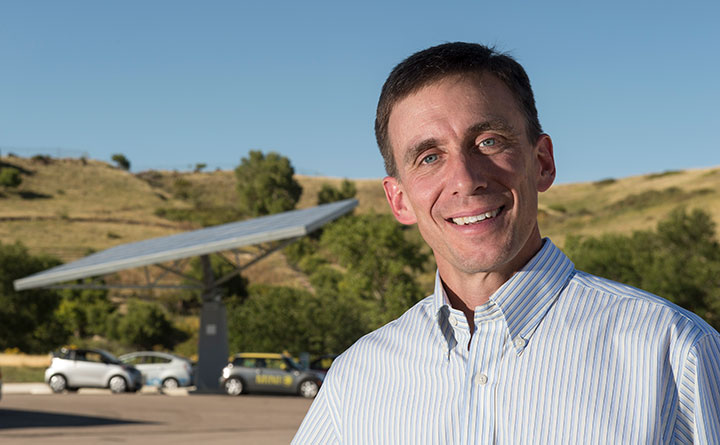
Get to Know Our Team: John Farrell
John Farrell joined NREL in 2013 as laboratory program manager for vehicle technologies, overseeing the lab's research in the sustainable transportation arena. In 2018, he gave a congressional briefing on how the Energy Department and its national labs are driving innovation to spur advances in the efficiency and performance of fuels, vehicles, and the broader transportation system. Farrell came to NREL after 15 years at ExxonMobil's Corporate Strategic Research Laboratory, where he held various technical, strategic planning, and program management positions. He earned his Ph.D. in Physical Chemistry from the University of Colorado.
In the News
Ridesharing could lower the demand for urban parking, according to an NREL study. Learn about the study in this Denver Post article.
The U.S. government is embarking on a three-year, $15 million research and development project to develop technologies to recycle lithium-ion batteries. Learn about the research partnership in this Associated Press article.
Must Reads
As transportation technologies rapidly evolve, new opportunities arise for efficiency in freight mobility. A recent conference paper proposes a hybrid tour-based model to evaluate the energy impact of multimodal intra-city freight movement for future scenarios.
The ability to predict ride-hailing trip demand can help transportation network companies maximize the efficiency of passenger pickups and minimize wait times and deadheading. As detailed in this recent conference paper, researchers explored a deep learning approach to predict zip code level trip demand, with promising results.
Did You Know?
NREL researchers will be at the Advanced Clean Transportation Expo in booth #729 in April. Hope to see you there!
Share
